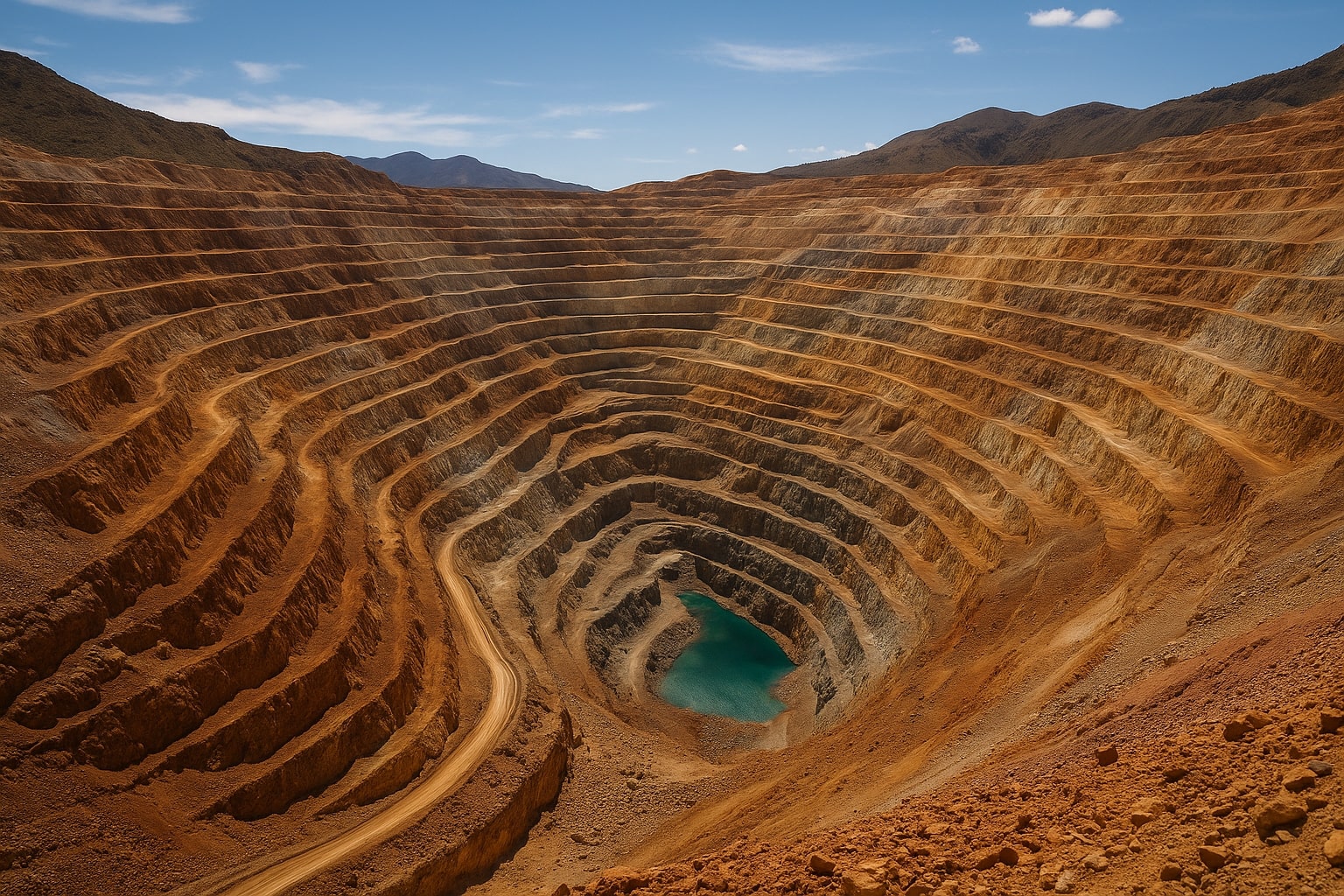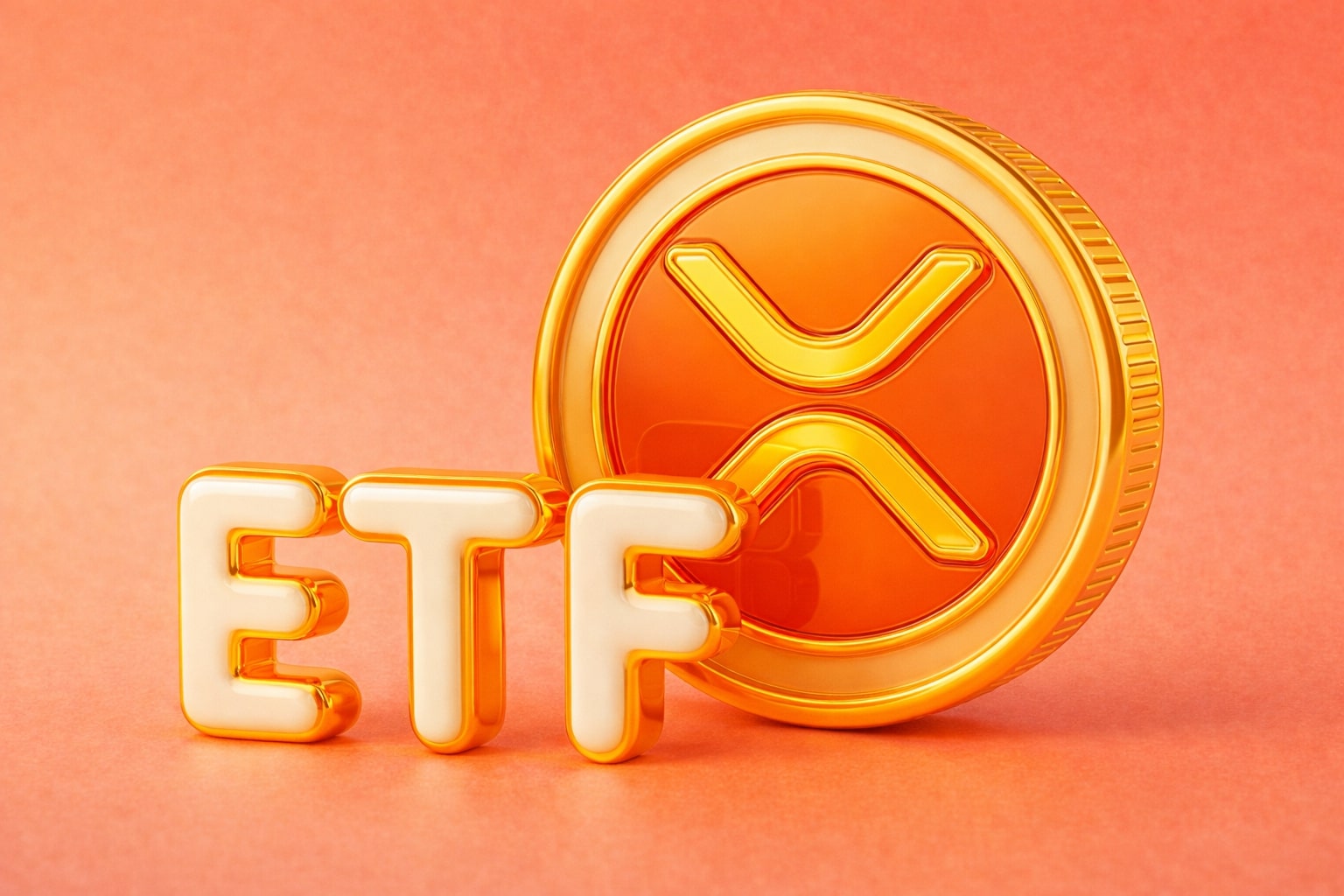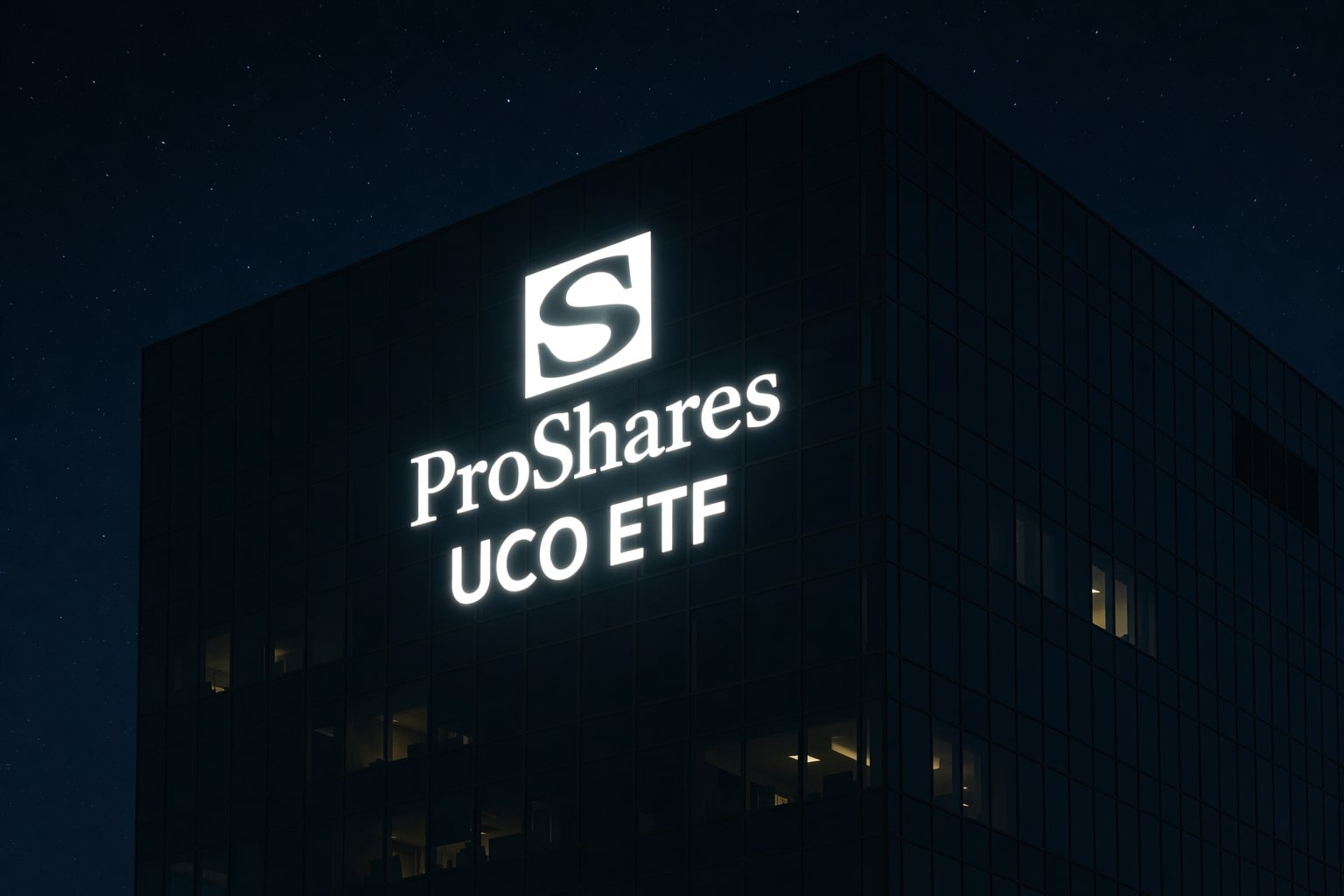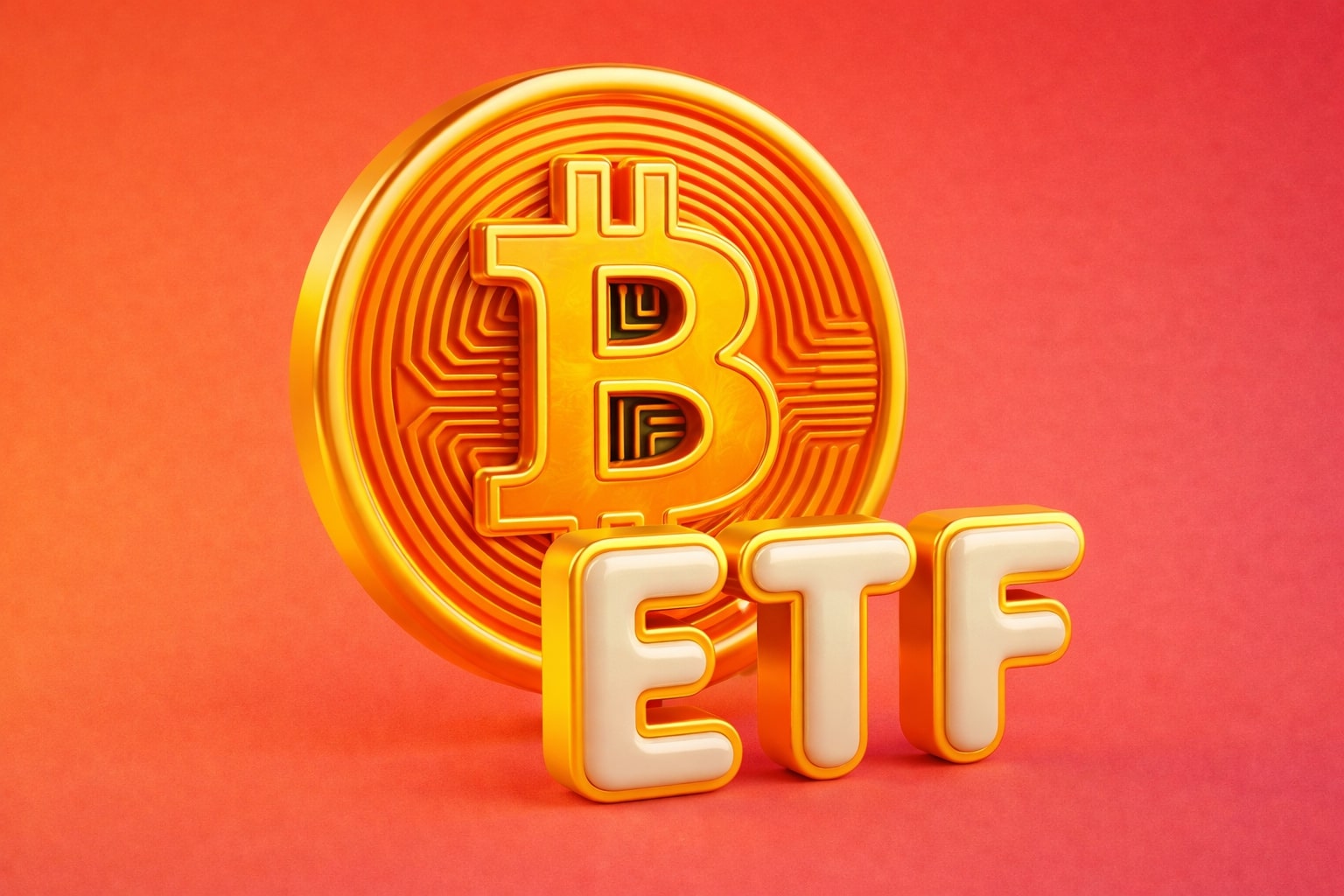
Copper Price (HG=F) Forecast: $10,069 Rally Fueled by Supply Shocks and Fed Outlook
Grasberg mine halt, China’s 500,000-tonne cut, and Fed easing push copper above $10,000 with bulls eyeing $10,500 per tonne | That's TradingNEWS
Copper (HG=F) Price Climbs Beyond $10,000 as Supply Pressures and Fed Outlook Align
Copper (HG=F) futures surged to $10,069 per metric ton on the London Metal Exchange (LME), after briefly touching $10,126, the highest since March 26. The move brings copper’s year-to-date gain to nearly 15%, but the metal continues to face repeated battles to sustain levels above the psychological $10,000 threshold. On COMEX, December contracts closed at $4.6880 per pound, up 3% for the week and more than 12% over the past year, fueled by simultaneous macro easing signals and worsening supply interruptions.
Supply Shocks: Grasberg Halt and Peru Declines Tighten the Market
One of the sharpest catalysts for the recent spike has been the suspension of production at the Grasberg mine in Indonesia, one of the world’s largest copper operations, after parts of the site were blocked by a mudflow, trapping several miners. Freeport-McMoRan confirmed the halt and reported that recovery efforts were ongoing. Any extended outage at Grasberg risks removing hundreds of thousands of tonnes from global supply. Meanwhile, Peru’s copper output fell 2% year-over-year in July to 228,007 tonnes, highlighting how even small contractions from the world’s third-largest producer carry weight in a market already grappling with low inventories.
China’s Output Contraction and Global Supply Deficit
China, which accounts for 45% of global refined copper supply, has reduced production by 4–5% in September, equivalent to roughly 500,000 tonnes on an annualized basis. This drop exacerbates the long-term issue of deteriorating ore grades—global copper grades are down 40% since 1990, forcing producers to mine more material for the same yield. Average energy consumption per tonne of copper has increased 16% over the past decade, raising costs and discouraging new investment. Exploration budgets remain 35% below their 2012 peak, and the pipeline of new projects remains weak, often requiring over $3 billion in CapEx and 12–15 years from discovery to production.
Fed Rate Cuts and Dollar Weakness Enhance Copper’s Appeal
Macro conditions are amplifying the rally. The U.S. Dollar Index is down 7% year-to-date, and CME FedWatch data shows an 87% probability of a 25 basis point cut in September, with futures markets pricing as much as 100 bps of easing into 2026. Dollar weakness directly boosts copper affordability for overseas buyers, particularly in Asia, which consumes 75% of global copper. Historical precedent from 2010–2011 shows how synchronized Fed easing and Chinese supply strains drove copper to $4.50–$5.00 per pound, levels now reemerging as realistic benchmarks.
Tariffs, Trade Flows, and Regional Arbitrage
Geopolitical frictions are distorting copper trade flows. The United States imports 45% of its copper needs, with Chile providing 51% of those imports. President Trump’s threatened 50% tariff on Chilean refined copper has yet to be implemented, but its shadow has driven material rerouting. Chinese exports to Southeast Asia jumped 23%, creating premiums of $50–$150 per tonne regionally. In the U.S., CME premiums now sit near $200 per tonne above global benchmarks, straining fabricators and creating arbitrage windows for traders. Managed funds, particularly CTAs, have been systematically buying dips below $10,000, accelerating rallies whenever short sellers retreat.
Investor Positioning and Capital Flows into Copper
Managed money positions on COMEX remain long, with 68,000 net contracts, near multi-year highs. ETF inflows into copper-focused funds reached $2.3 billion year-to-date, already up 45% compared to 2024 totals. CME warehouse inventories have ballooned to 277,400 tonnes, surpassing both LME and Shanghai stocks combined. This reflects not just physical arbitrage but also shifting trust toward U.S. custody amid trade uncertainty. Yet investor activity remains volatile—average daily trading volumes on COMEX copper collapsed 42% in August, the lowest since 2021, showing that many funds remain cautious after the tariff-induced turbulence.
Electrification, Green Energy, and Structural Demand Anchors
On the demand side, structural trends remain bullish. Electric vehicles consume 25–50 kg of copper per car, compared to 8–12 kg in combustion vehicles, while global EV output is projected to exceed 30 million units annually by 2030, adding 1.5 million tonnes per year in demand. Solar requires 5.5 tonnes per MW of capacity, and global grids demand 3–5 tonnes per MW for expansion. China’s 14th Five-Year Plan allocates $440 billion for grid upgrades, while the U.S. Inflation Reduction Act directs $65 billion toward transmission projects. India’s renewables roadmap to 2030 alone implies an additional 2 million tonnes of copper demand.
Corporate Developments and Strategic Projects
On the corporate front, the proposed $60 billion merger between Teck Resources and Anglo American creates a copper giant with combined Chilean assets—Quebrada Blanca and Collahuasi—that could produce over 1.35 million tonnes annually by the 2030s, potentially surpassing BHP’s Escondida. Strategic investors are positioning aggressively: Mitsubishi invested C$20 million into Marimaca Copper, while Assore acquired C$68 million stakes in development projects. High-grade plays like Gladiator Metals’ Whitehorse project in Yukon, showing drill results of 79 meters at 1.37% copper, highlight investor preference for Tier-1 jurisdictions with grades above the global 0.5% average.
Read More
-
UCO ETF Price Forecast: Can NYSEARCA:UCO at $18.57 Ride a 2026 Oil Squeeze?
18.12.2025 · TradingNEWS ArchiveStocks
-
XRPI at $10.50 and XRPR at $14.93 Hit XRP ETF Lows While XRP-USD Holds $1.84 After 30 Days of Inflows
18.12.2025 · TradingNEWS ArchiveCrypto
-
Natural Gas Price Forecast: Henry Hub Holds Around $4 as EIA Draw Hits 167 Bcf
18.12.2025 · TradingNEWS ArchiveCommodities
-
USD/JPY Price Forecast: Pair Holds Above 155 As BoJ And US CPI Set Up A Major Break
18.12.2025 · TradingNEWS ArchiveForex
Current Technical Landscape for HG=F
Technically, copper (HG=F) has broken through the $10,000 per tonne ceiling but remains volatile within a $9,500–10,100 range. Support levels are seen at $9,800 and $9,500, while resistance stands at $10,250, followed by the 2022 highs above $10,500. On COMEX, $4.70 acts as immediate resistance, with $4.90–$5.00 per pound projected if Fed easing coincides with ongoing supply halts. RSI remains elevated, signaling overbought conditions, yet historical copper cycles show the metal can stay extended for months in bull runs tied to macro liquidity and supply constraints.
Investment Verdict on Copper (HG=F)
With copper trading at $10,069 per tonne on LME and $4.6880 per pound on COMEX, fundamentals and technicals converge toward a bullish setup. Supply interruptions at Grasberg and declining Chinese output amplify the structural deficit, while electrification and grid expansion ensure long-term demand anchors. Dollar weakness and looming Fed cuts reduce downside risk. Trade tensions and inventory distortions create short-term volatility, but with institutional positioning climbing and ETFs seeing record inflows, copper remains a Buy, with near-term targets at $10,250–10,500 per tonne and a longer-term case toward $5.00 per pound on COMEX.



















